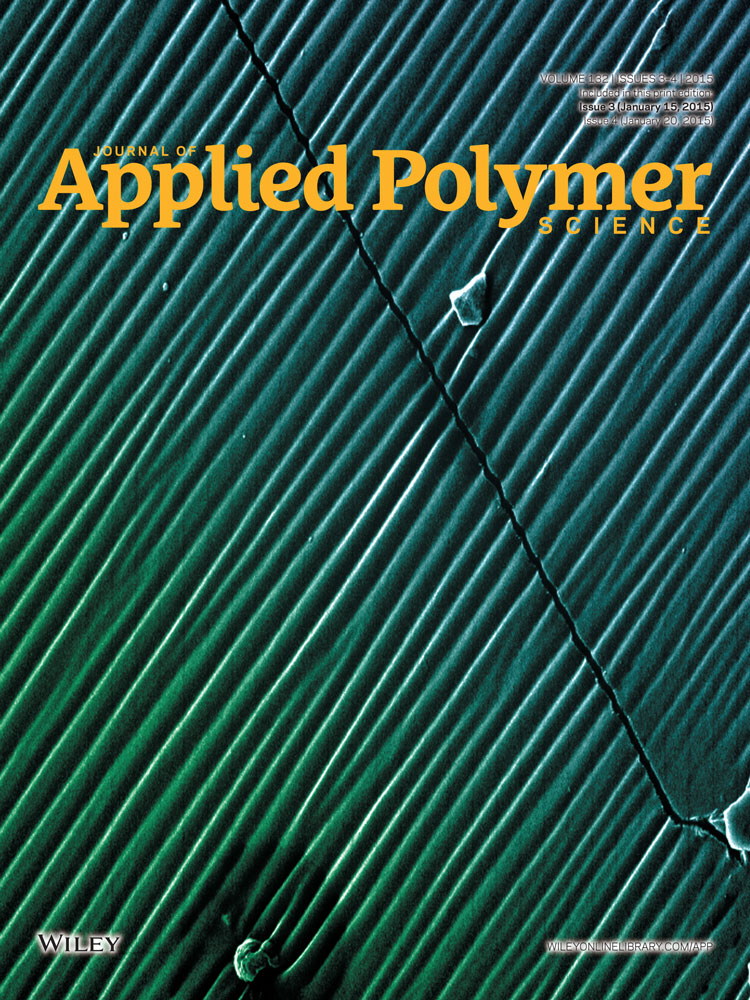Carbon dioxide switchable polymer surfactant copolymerized with 2-(dimethylamino)ethyl methacrylate and butyl methacrylate as a heavy-oil emulsifier
ABSTRACT
A CO2-switchable polymer surfactant was synthesized with 2-(dimethylamino)ethyl methacrylate and butyl methacrylate. The conductivity, ζ potential, and particle size change illustrated the switchability of the surfactant, and this change could be repeated. Its surface tension decreased sharply when the sample was bubbled with CO2; this indicated the enhancement of the surface activity. In the heavy-oil emulsion with a surfactant concentration of 8 g/L, the viscosity almost reached the highest stability. When CO2 overflowed the emulsion, it became unstable when the temperature beyond 40°C. The emulsion had a nice resistance to inorganic salt, which was maintained stably even when the concentration of NaCl was as high as 90,000 ppm. The emulsion could later be broken by the removal of CO2. Its hydration rate was over 22 times faster than that in the presence of CO2. The amount of residual oil in water was only about 53.84 ppm; this showed a good demulsification ability. © 2014 Wiley Periodicals, Inc. J. Appl. Polym. Sci. 2015, 132, 41307.




